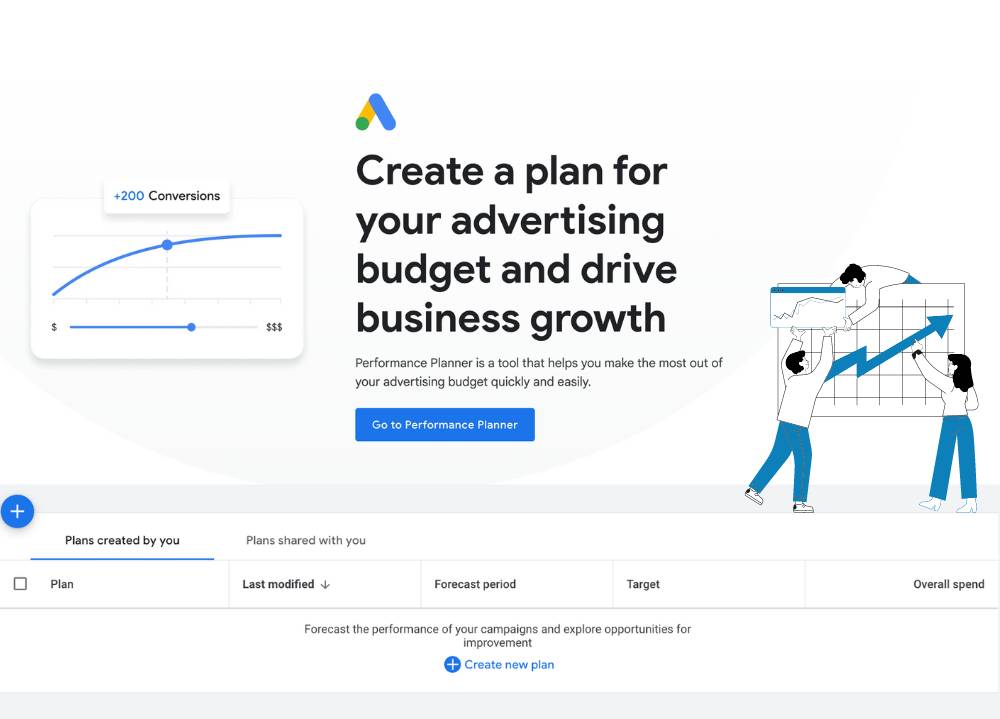In the digital world, the success of a website hinges on its visibility in search engine results. A critical component in achieving this is understanding how search engine crawlers operate. This guide dives into the intricacies of how search engine crawlers work, as well as strategies for creating a crawler-friendly website.
What Are Search Engine Crawlers?
Search engine crawlers, also known as spiders or bots, are automated programs that search engines use to discover and index web pages. These digital explorers navigate the web, moving from link to link, and collect crucial data from each webpage they visit. The data collected includes URLs, page titles, meta descriptions, and the actual content.
The Journey of a Search Engine Crawler
A crawler starts its journey with a list of web addresses from previous crawls and sitemaps provided by websites. As it visits a webpage, it performs several tasks:
- Content Analysis: The crawler reads the content, including text, images, and videos, to understand what the page is about.
- Link Exploration: It then follows links on the page to other pages, continuously discovering new content to index.
- Data Storage: Information about each page, like its URL, title, and content, is stored in the search engine's database.
Influential Factors in Crawling
A website's structure, the quality of its content, and its network of inbound links significantly impact how a crawler indexes it. High-quality, relevant content and a well-organized website with a logical URL structure make it easier for crawlers to do their job. Moreover, links from reputable sites signal to search engines that your site is trustworthy and authoritative.
The Importance of Website Crawling
Website crawling is not just a technical process; it's the backbone of effective search engine optimization (SEO). It allows search engines to:
- Discover and Understand Content: Through crawling, search engines analyze your content and understand its context and relevance.
- Monitor Site Health: Crawlers help identify issues like broken links, ensuring your website remains user-friendly and efficient.
- Stay Updated: As your site evolves, crawlers revisit to index new content, changes, and updates.
Crafting a Crawler-Friendly Website
To optimize your website for crawlers, focus on creating high-quality, original content and maintaining a well-structured, easily navigable site. Regular updates and the use of structured data like schema markup can further enhance a crawler's understanding of your content. Moreover, a mobile-friendly design is crucial in today's mobile-first indexing environment.
Advanced Optimization Techniques
Beyond the basics, advanced strategies include:
- Sitemap Submission: Providing search engines with a sitemap helps crawlers navigate your site more efficiently.
- Robots.txt Optimization: This file guides crawlers on what parts of your site to crawl and what to ignore.
- Regular Technical Audits: Performing routine audits can help identify and fix issues that might hinder crawling.
Navigating the Future: The Role of Crawlers in Web Success
Search engine crawlers are integral to how your website is perceived and ranked by search engines. Understanding and optimizing for these digital navigators is not just about following a checklist but about creating a website that communicates effectively with search engines. A well-crawled site translates to better visibility, more traffic, and, ultimately, greater success in the digital arena.
Interested in elevating your website's search engine performance? Reach out to the Titicus team today for expert guidance and customized SEO strategies that harness the power of search engine crawlers to boost your online presence.





